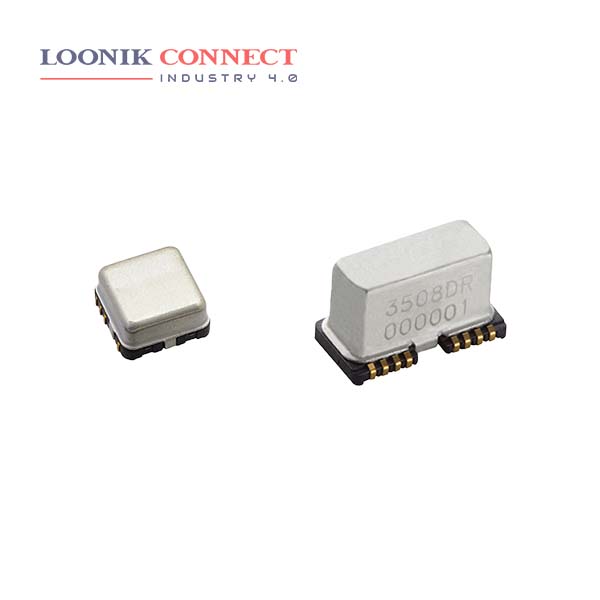Gyro sensors, also known as angular rate sensors or angular velocity sensors, are devices that sense angular velocity. In simple terms, angular velocity is the change in rotational angle per unit of time. Angular velocity is generally expressed in deg/s (degrees per second). The main functions of the Gyroscope Sensor for all the applications are Angular velocity sensing, angle sensing, and control mechanisms.
Gyroscope sensor is responsible for the autorotation of the screen and view on the screen whenever a phone is rotated. One of the biggest implementations of a Gyroscope is that it enables smooth rotations and execution of multiple commands in games by 3D motions. Most gyroscopes are made of a frame, gimbal, rotor, and spin axis (see Figure 1 below). The rotor is a freely rotating disk that mounts onto a spinning axis in the middle of a larger, more stable wheel. The preferred material of gyroscopes is aluminum because of its expansion and strength characteristics.
Gyroscopes, or gyros, are devices that measure or maintain rotational motion. MEMS (microelectromechanical system) gyros are small, inexpensive sensors that measure angular velocity. The units of angular velocity are measured in degrees per second (°/s) or revolutions per second (RPS).










